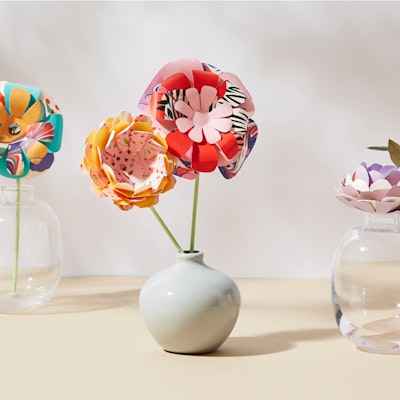Sustainability at Papier
The planet means the world to us, so we try to make and create consciously. Since our brand first began, we’ve made efforts to help lessen our footprint and we’re continuously looking for ways to improve.


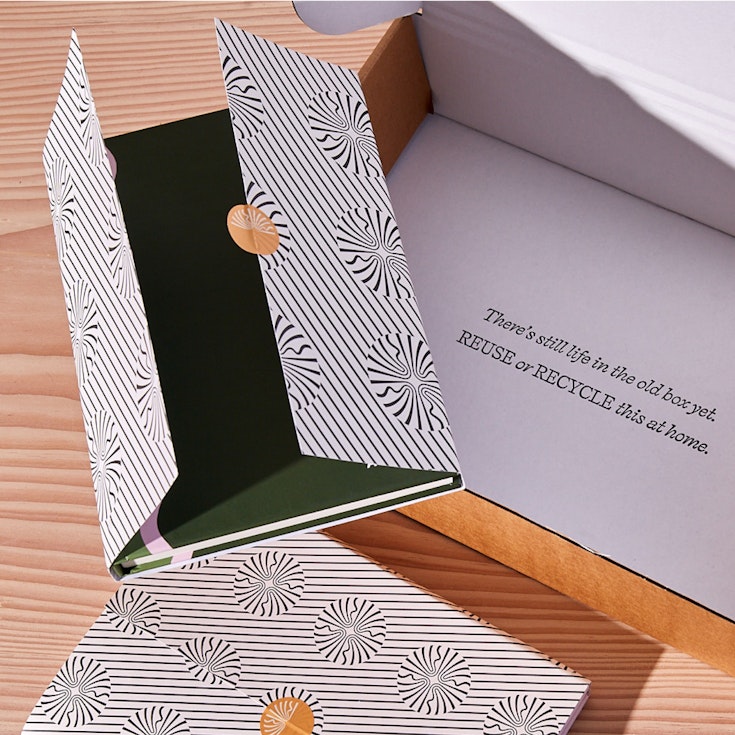




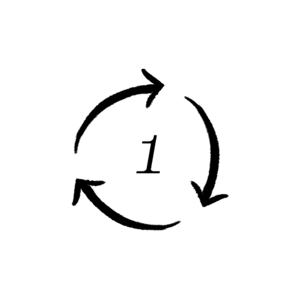
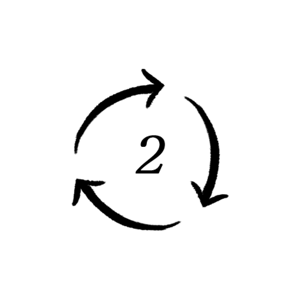
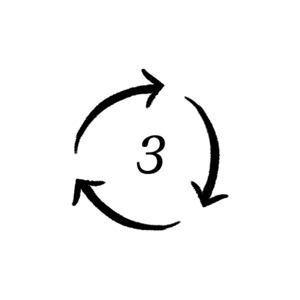
Your questions, our answers
We’ve answered a few frequently asked questions below. If there’s anything else you’d like to know, just drop us an email at support@papier.com and our team will find the answer for you.
Why don’t you use recycled paper?
It’s not possible to know the source of all the paper that goes into making recycled paper, so we prefer to use virgin paper that we know for certain came from a sustainably managed forest. The paper industry also relies on virgin fibres to sustain the paper cycle as recycled fibres degrade after several uses.
What are your delivery partners doing?
We deliver your Papier pieces using partners that share our commitment to being conscious. In the UK, we use DPD (they’re dedicated to making every parcel they deliver carbon neutral) and Royal Mail (you can read their environmental strategy here).
Are your notebook covers recyclable?
They’re currently not, but they are designed to last and we are looking for a biodegradable alternative.
Do all of your products come in plastic-free packaging?
Yes, nearly all of our products come in plastic-free packaging. Everything is wrapped in cardboard or paper that you can recycle at home. Our framed photo prints are the only exception as they come wrapped in a plastic poly bag, and the extra large size (600x800cm) also come with plastic corner protectors to keep them safe during transit. We are working on implementing new eco-friendly options.
Why do you use upcycled leather instead of vegan leather?
Upcycled leather uses cast-offs from other industries that may otherwise go to waste. These leather scraps are combined with a natural latex binding material, then embossed to look and feel like real leather. Vegan leather usually consists of plastic instead of leather scraps, and is often combined with an oil-based material (like polyester) instead of natural materials. While upcycled leathers do have a thin acrylic coating, they still use less plastic than other vegan leathers. We chose to use upcycled leather because it reduces the use of new materials including plastic and is made of mostly natural materials.
Are you compliant with the Consumer Information Obligation?
We’re passionate about reducing our impact on the environment, so we’ve shared some information on recycling your Papier pieces above. We also work with The Recycling Room, an online space that is devoted to recycling education. Head to https://www.beyond.ly/support/recycling-room to discover how to recycle different materials, what the UK and EU recycling symbols mean and to find locations of your nearest recycling banks.
Sources
[1] European Paper Recycling Council, Monitoring Report 2018
[2] FAO data, 2005-2015
[3] Food and Agriculture Organization of the United Nations (FAO), Forest resources Assessment 2005-2015
[4] CEPI, Water Profile in 2015, 2017









